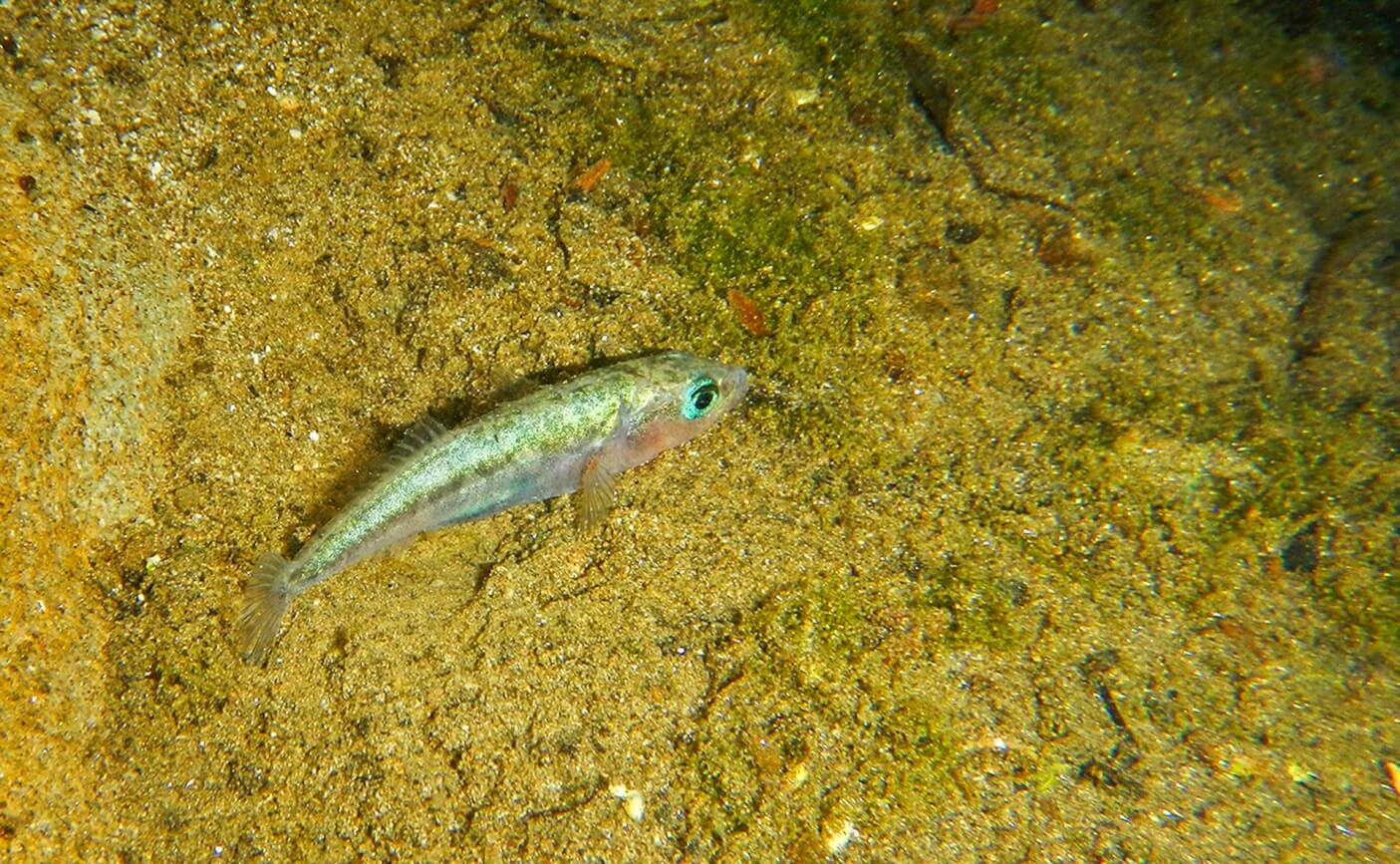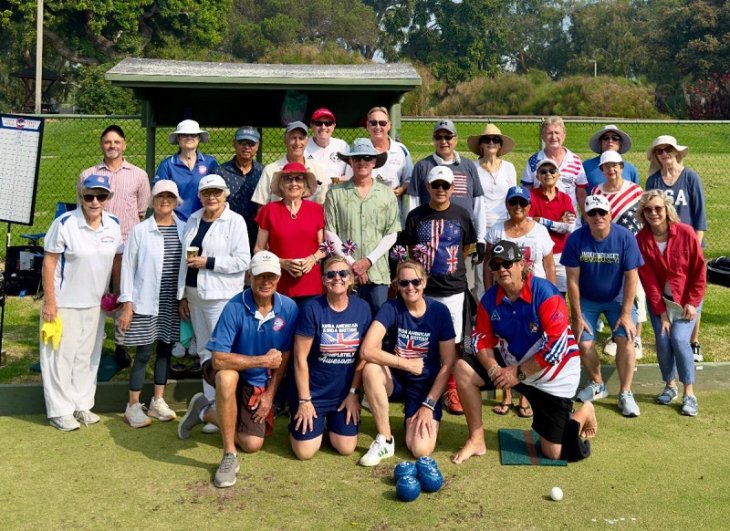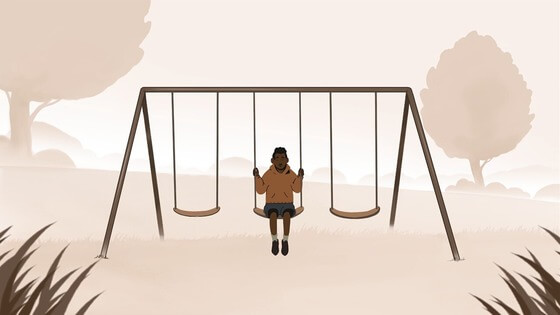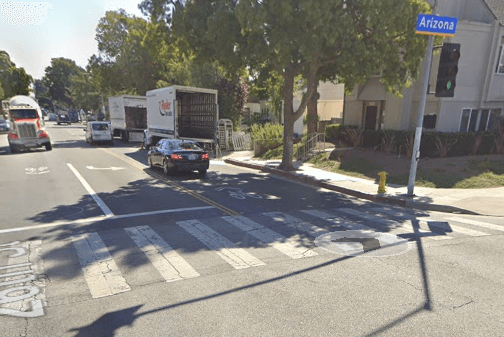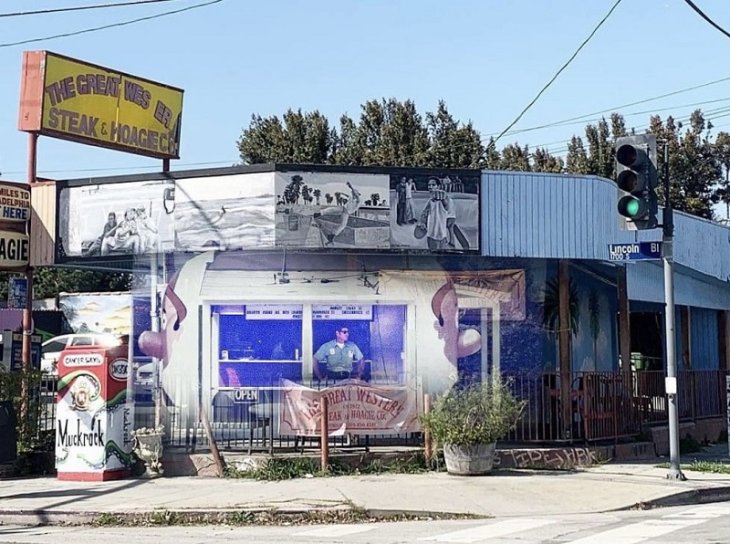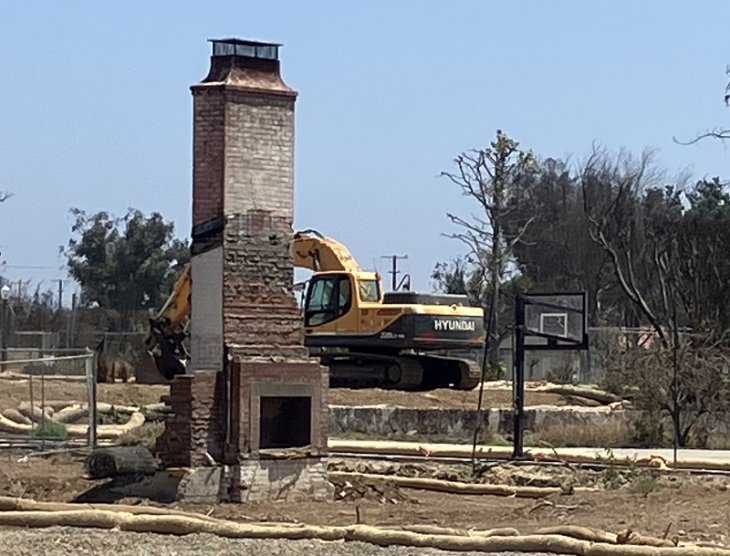As California’s water resources dwindle and urban areas expand, a species of fish that is rarely heard of is on the brink of homelessness. The unarmored threespine stickleback fish, which is highly adapted to thrive in California’s unpredictable waterways and considered by scientists a model species for studying evolution and conservationists’ top concern, has been on the endangered species list since 1970.
In an effort to save this subspecies, researchers at UCLA have sequenced its genome and identified distinct populations in Southern California that may be able to help guide interventions. Published in Molecular Ecology, the study was conducted in partnership with the U.S. Fish and Wildlife Service and the U.S. Geological Survey.
“Low-plate stickleback fish are doing well in coastal lagoons, but unarmored sticklebacks are not doing well elsewhere,” said co-author David Jacobs, a professor of ecology and evolutionary biology. “They are very near to dying out completely in the upper Santa Clara River, the location in which they were first discovered and described by scientists. Re-establishing more populations in the wild that represent the genetic lineages we have in Southern California is how we can make sure our genetically distinct sticklebacks persist.”
The findings showed that coastal and upstream populations have differences that merit efforts for the protection of their genetic uniqueness – an especially important factor taken into account as conservation efforts have previously relied on an appraisal based on morphology or shape rather than genetics alone. These threespine sticklebacks are typically 2 inches long, coming in three varieties: armored, low-armored and unarmored (which is native to California). Its endangerment can be attributed to stream channelization, urban development, drought, wildfires, and other factors.
“Our study is the first to document that Southern California’s unarmored stickleback populations are genetically distinct and in urgent need of better protection,” said first author Rachel Turba, who led the research as a doctoral student “Existing conservation measures have served us well for decades when genetic data was not available and even now, for the most part, they have helped steer focus for our most endangered population in the upper Santa Clara, but with this new and future genomic data we can do even better.”
By collecting DNA samples from fish across a wide region ranging from Marin County all the way down to Mexico, two broad genetic groups were identified living respectively inland and near the coasts – with the upstream one increasingly rarer over time due to habitat destruction in Southern California’s rivers and streams which used to house them before it dried up or was drained for urban expansion purposes.
“People are big on restoring trout, and that should definitely be done,” Jacobs said. “But it is probably a lot easier and a good first step to that end to restore unarmored stickleback populations because of the smaller amount of free-flowing water required.”
The particular adaptations of these sticklebacks allowed them to survive over millennia despite their temporary habitats drying up seasonally – maturing rapidly compared to other types without bony plates needed for armor against predators found only in larger bodies of water, but enough specimens managed survival until rain brought new water sources.
Yet now these environments they occupy are more unstable than ever before; however new modifications could potentially create safe habitats like low-flow streams away from exotic species where they could live again – allowing us not only to preserve an integral part of nature but also utilize them as an educational tool into evolution.

